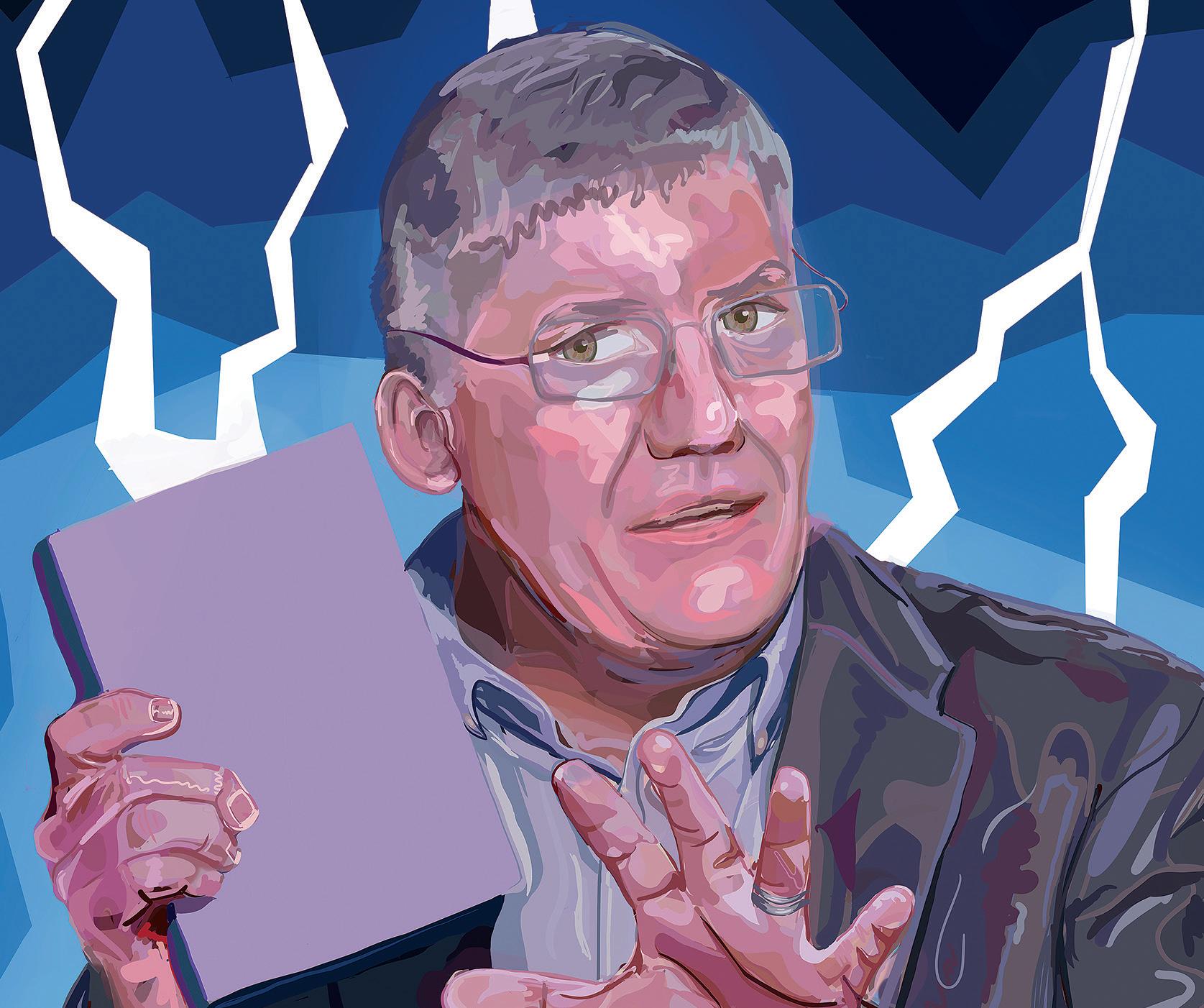
2 minute read
HATCHING NEW IDEAS
DURING HIS TIME AT ALL SAINTS’ COLLEGE, THOMAS HAYNES (YEAR 11) HAS SHOWCASED HIS ENTREPRENEURIAL SKILLS AND EMBARKED UPON SEVERAL INNOVATIVE AND CREATIVE PROJECTS.
With a strong focus on sustainability and using innovation for good, Thomas’s projects are testament to his tenacity, creativity and passion for learning across various areas. His latest venture has seen him dedicate over six months to working on an egg incubator to hatch quail eggs.
Driven by his love for birds and engineering challenges, Thomas has created a fully functional, highly technical incubator – a machine that monitors and controls heat and humidity to a fraction of a degree, acting as an artificial mother for an egg.
Not one to take the easy route, Thomas has created, built and altered every element of the incubator from scratch, using preexisting materials, his self-made CNC router and calling on his remarkable self-taught engineering skills. This has helped him craft the perfectly controlled machine, and overcome hurdles with temperature and humidity, coding and software.

“The first version of the incubator used an insulated box and car air-conditioner heaters and a small steel servo motor. I also built my own printed circuit board,” said Thomas.

“After 3D designing and printing parts, I coded an algorithm to account for the fluctuations of temperature and hatched out a few quails to test.”

Thomas used his learnings from the first version to create a second, significantly improved model that incorporates a welded steel box with insulated walls, an LCD screen incorporated into the electronics housing, and a powerful stepper motor.
“Since version one struggled to maintain humidity, I built a humidity controlling device from parts of a fog-machine alongside car heaters. Version two is much larger which allows for more eggs to be hatched; larger eggs to be hatched, ultimately making it easier to moderate the temperature and humidity levels. It is like heating a room vs heating a cardboard box – the box loses heat quicker.”
Throughout the process, Thomas has sought the advice and expertise of College staff to expand his skills and has also learned Arduino code, designed a printed circuit board from scratch, and developed his understanding of mechanical movement, laser cutting and 3D printing.
While Thomas faced many challenges along the way, ranging from a gap in skills and money, to more technical challenges of debugging code, the joy of watching new life being created has made it all worthwhile.
“A huge highlight was the first time all the little lights turned on and the heating fans started up,” said Thomas.
“However the most rewarding part is seeing the first signs of life start to grow in the egg; being able to see the little heartbeat of a baby bird develop, and then eventually watching them hatch.”

“Now am able to watch them grow up and I’m looking forward to starting the next generation.”
Innovation projects take a significant amount of commitment and persistence including the dedication to build skills, see a project through to fruition, and have the emotional capacity to tackle inevitable problems.
“Engineering requires plenty of persistence; nothing will ever work first try,” said Thomas.
“You also need to have confidence to leave an idea and try something else. Sometimes when given a problem, the first thought that comes to mind isn’t always the best. It’s important to know when something isn’t going to work, you need to cut your losses and think of a new idea.”
The main driving force behind the project was Thomas’ love for quail and engineering projects. But the spark that is ignited by embarking on a new project fuels Thomas to keep persisting and keep creating.
“As with all my many projects, I do them because of how much I learn and how much fun they are. After this one is finished, I will swiftly move onto the next one.”
“I think what is most important is following what you love to do. For me, that is to create and engineer ideas and bring crazy thoughts into reality. However, you can’t ever know what you love to do unless you jump at every opportunity to try something new.”










